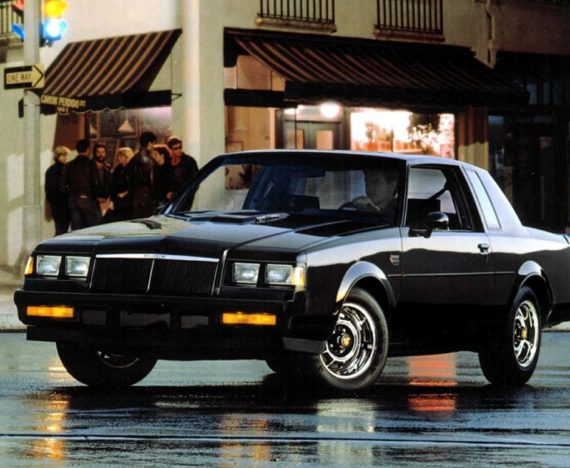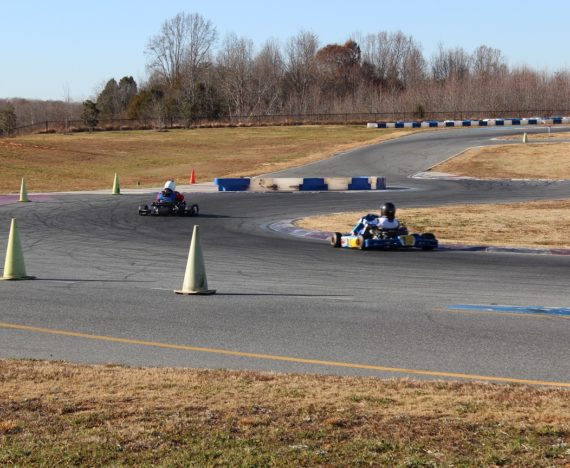The smell of plastic vinyl and bakelite baking in the summer sun. Looped brown carpet runs beneath your feet. The steering wheel in your grip is wrapped in black ‘sport’ leather. Fake wood vinyl wrap stretches across your dashboard. You turn the key and the low roar of the AMC 258 inline six rumbles to life. At your right hand is a five-speed transmission. At your left, a lever switch to change your machine from 2WD to 4WD. Phil Collins “In the Air Tonight” plays on your tape deck player as you put it in gear.

A taste quintessential of the 1980s, as well as one of the final gasps for air from AMC; The AMC SX/4 was born in 1981 as an addition to the AMC Eagle lineup. It was modeled after the AMC Spirit, a two door coupe hatchback that was sportier looking and the evolutional offspring of the AMC Gremlin. The SX/4 was also the pseudo-sports car replacement for the death of the AMX.
What the 1980 AMC AMX was to the sports car world, the SX/4 was to the offroad world. The beauty of the SX/4 was that it was a car, with 4WD, and a factory lift. Factor in the optional, infamous 4.2L AMC 258 inline 6, and you have the company that owns Jeep, making a car that was nearly as versatile as a CJ-5. The SX/4 was even advertised as the “sports car that doesn’t always need a road.”
Who came up with such an idea? Giving a coupe, or any car for that matter, the drivetrain from a Jeep and expect it to sell? Well, at this period in time AMC was smelling the faint odors of decay as they approached bankruptcy. Fearing their imminent demise, AMC poured money into their skunkworks programs to give them an edge on the market by offering something their competitors did not have. They were creating a market that they would eventually own until their death at the hands of Chrysler. This is where the Eagle was born, from the mind of a man named Roy Lunn.
Mr. Lunn was an astounding engineer in the automotive world and was involved in the design of the Ford Mustang, GT40, Jeep XJ (Cherokee), as well as the High Mobility Multipurpose Wheeled Vehicle (HMMWV or Hummvee) made by AM General for Arnold Schwarzenegger and the US Military.
Roy Lunn was the chief engineer for AMC Jeep at the time of the Eagle’s conception. It began in 1977 when Roy, while nestled away in a Jeep’s workshop, placed an AMC Concord body on a V8 Jeep derived drivetrain. He was then admired his frankenstein’s monster of a mash-up so much that he believed it should be available to the public for purchase. So, he prepared a show model and presented it to the AMC board.
The reaction was timeless.
AMC Chairman at the time, Gerald C. Meyers, famously responded with “what the hell is this, Roy.”, But the model caught enough attention and astonishment that it was put into production right away. So out of the mind of a madman, Roy Lunn became the father of the crossover with the birth of the AMC Eagle in 1980.

To the public, the car was a wonder. Curiosity brought people into the showrooms, but the versatility of a 4WD family cruiser is what sold the vehicle to the public. The 4WD set-up, with either a Dana 30 or 35 differential, meant the Eagle acted like a mountain goat in austere conditions. Large rocks, mud, snow, and rugged mountain trails couldn’t stop the car from reaching its destination. Add that to a design that can easily handle a family of five and the car sold like hotcakes anywhere in the country where it snowed, or people had a mountain to cross, or even just a few muddy roads on the way home from work. It was even seen in many SCCA Rally events and was deemed worthy enough to become the official car of the National Ski Patrol.

With the astounding reception of the Eagle in 1980, the push was made to expand the lineup with two new models, the Kammback (a fancy word for hatchback) and the SX/4 for 1981. Roy Lunn’s idea was to borrow a car body that was already being manufactured, thus the AMC Spirit mouldings were used to create the Kammback and SX/4.

The SX/4 also has lineage with the AMC AMX and actually shares many of the features the from the AMX of the previous year. Jutting fender flairs, window louvers, pinstriping, and vinyl decals on the side, ‘sport’ wheels, and a leather-wrapped steering wheel. Even the pinch spoiler on the back of the hatch is a direct share from the 1980 AMC AMX. These instances of parts sharing were not by chance, it was the genius of AMC at the time. Ever since the 1970’s, AMC was always the ‘fourth’ American Auto manufacturer and was the last of the independent automakers which meant it had the smallest market share. The company took measures of using common parts on all of their vehicles in order to reduce manufacturing costs. It was effective, to the point that AMC Hornet and Gremlin of the decade prior had the same bumper on the front as the back, it was just flipped to look different. The SX/4 continued the tradition into the 1980s.
The SX/4 was offered with an automatic gearbox and the Iron Duke four cylinder, which is much more common because of the demand for fuel economy at the time. Cody Stewart on the TCS team is quoted saying “ It may have only produced 43hp, but man, what a 43hp it was.” But the best optioned SX/4 was the AMC 258 inline six cylinder (4.2L) with the 5-speed manual transmission. With the galvanized underbody option for anti-rust, you had a genuine go-anywhere, apocalypse vehicle, which still gives you those fuzzy, throwback memories of the beautiful 1980s. The selectable four-wheel drive system developed for the car was actually the early predecessor of the famous and durable Select-Trac system used in Jeeps over the past three decades.

The interior was shared from the concord and the AMC AMX of the previous year. That meant fake vinyl leather that squeaked when you sat down, and a plastic rattle from the dash louder than a morocco shaker while you sit at the stoplight idling. The grille was the same egg crate design being used across the AMC line, where the fake chrome paint began to peel after its first exposure to UV rays. Most of the decals were vinyl stickers or glued on plastic badges. The paint only had one layer of clear coat, and the “galvanization” done to the underbody wasn’t much more than thin layer of vaseline. If a car is the sum of its parts, the SX/4 was not meant to go far.

The AMC SX/4 was the highest selling AMC the year it debuted in 1981, but like many cars from AMC, a strong first year was followed by a plunge the second year. This world was not meant to be graced with the SX/4, or AMC, for very long. The SX/4 lived until 1984 when it was dropped from the Eagle lineup in order to cut cost and try to keep AMC afloat. The Eagle lived on for a little while longer until 1988 when it met final demise and was sold to Chrysler.
The SX/4 is an unsung hero of American automotive past. A cool, lively model of a car that was truly revolutionary and we still see the effects of today in our modern crossover and AWD cars. They are still out there, if not very rusted. In many places, the lucky college kid is still driving one of these or its Eagle family members around out of necessity. You may see one at a car show here and there, but they are becoming harder and harder to find. A beer should be poured to honor this astounding automobile.









